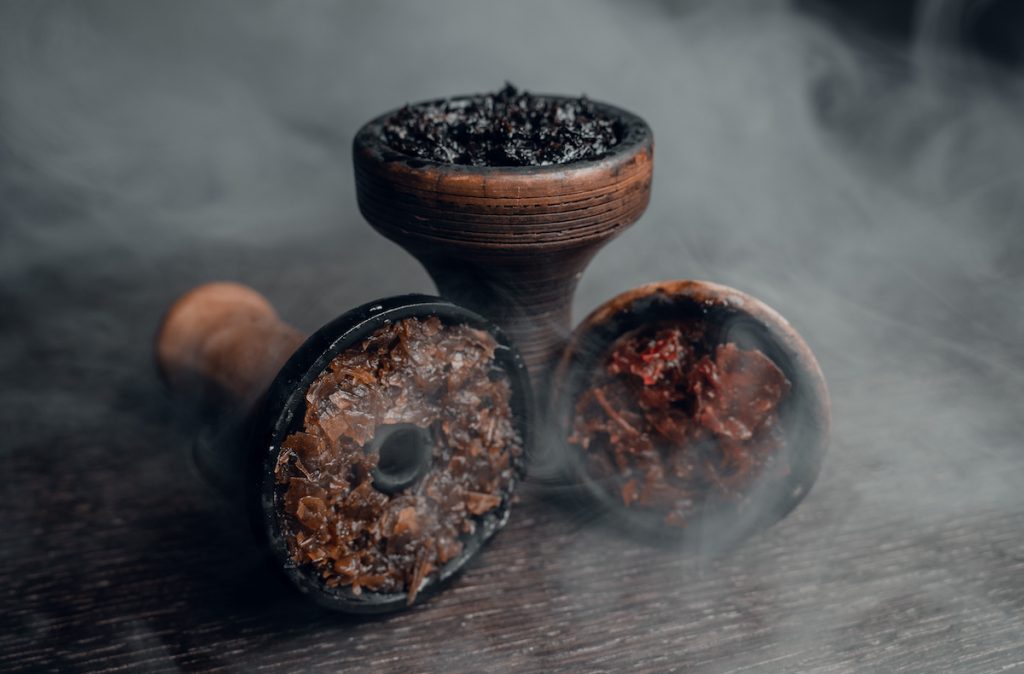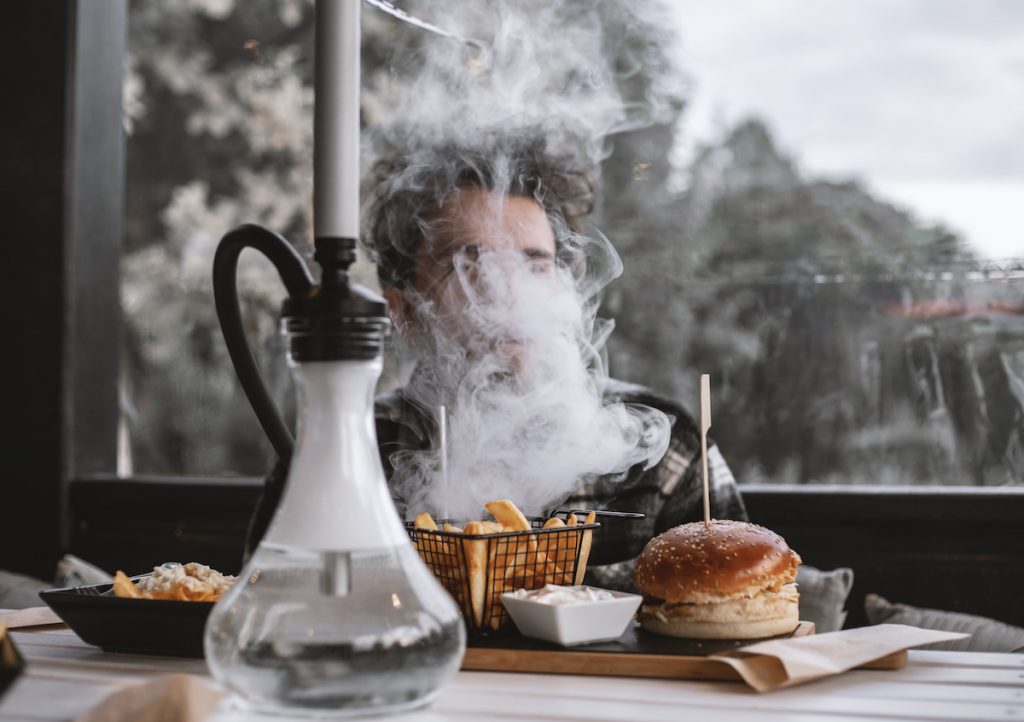Hookah charcoal is an integral component of the hookah smoking experience, and comes in various varieties that each require specific techniques for use.
Hookah users often opt for cubed coconut charcoal as the ideal coal. Crafted from natural materials, it lights quickly while producing minimal ash production – and lasts throughout your session!
What is Hookah Charcoal
The Hookah Charcoal Industry is booming and for good reason–it is a critical component to an enjoyable hookah session as well as the difference between a great hookah session and a terrible one.
Okay so before we go any further, let’s first talk about what exactly hookah charcoal is.
Hookah charcoal is a type of fuel used to heat the tobacco in a hookah or shisha, the traditional Middle Eastern water pipe used for smoking flavored tobacco. It’s a crucial component of the hookah smoking process, as it provides the necessary heat to vaporize the tobacco without burning it directly, allowing for a smooth and flavorful smoke.
There are generally two main types of hookah charcoal:
- Quick-Lighting Charcoal: These charcoals are popular for their convenience and ease of use. They’re typically made from compressed coal dust and are coated with a chemical accelerant that allows them to ignite rapidly with a simple lighter or match. Quick-lighting charcoals are convenient for hookah smoking in non-traditional settings or when you need to start a session quickly. However, they can sometimes impart an unwanted flavor to the smoke and are often considered less pure than natural charcoals.
- Natural Charcoal: Often preferred by hookah enthusiasts, natural charcoals are typically made from compressed coconut shells, bamboo, lemonwood, or other woods. They take longer to light, usually requiring a dedicated burner or an open flame, but they tend to burn longer and more consistently than quick-lighting coals. Natural charcoals also produce less odor and interfere less with the flavor of the tobacco, providing a cleaner, more authentic smoking experience.
Regardless of the type, hookah charcoal is generally used by placing it on top of the foil or metal screen that covers the tobacco bowl. As the charcoal heats the tobacco beneath it, smoke is produced, which is then drawn through the water in the base of the hookah and into the hose for the user to inhale.
It’s important to use hookah charcoal responsibly and ensure it is fully extinguished after use. Improper handling can lead to burns, fires, or carbon monoxide poisoning, especially in poorly ventilated areas. For a safe and enjoyable experience, it’s also crucial to choose high-quality charcoal and use it in a well-ventilated space.
Tobacco or Shisha
Hookah tobacco or shisha is often sweetened and flavored, often including fruity notes. This tobacco is then placed into a bowl wrapped with perforated aluminum foil and filled halfway with water; when charcoal-heated smoke passes through this tobacco it passes down through the water, up through its perforations into the hose/mouthpiece, through more coolant/filters as it passes back up, eventually reaching your mouth/lungs for inhalation.
Hookahs use either natural or quick-light coal for their charcoal needs, with quick-light charcoal being one that can be lit using a lighter in 30 seconds or less and containing accelerants such as benzene to help it burn more rapidly.
Hookah users often opt for natural, odorless charcoal as the ideal fuel. Some users even wait three or five minutes prior to smoking their hookah, to allow the charcoal time to warm up properly and begin its combustion.
Water
Water used during a hookah session acts to cool the smoke as it travels from tobacco into shisha, helping prevent throat or lung burns as well as dissipating heat more quickly.
Utilizing a heat management device can enhance your experience by providing more control over how much heat transfers from coals to shisha. However, this does not alter how you light them, so be sure to wait until they have been thoroughly lit before placing them onto your hookah.
Quick-light charcoal heats quickly but can leave an unpleasant chemical flavor behind in the shisha and is hazardous for breathing. Natural coals such as coconut or fruitwood take five to ten minutes per piece to properly heat up, turning into white or grey when ready for use.
Heat Management Device
Heat management devices are essential tools for the successful use of hookah charcoal. They help distribute heat evenly across your session, maintaining a steady flow of smoke throughout its entirety. You can find these devices in various shapes, sizes, and materials on Desertcart – this site boasts over 164 countries of operation worldwide!
There are three main types of hookah coals: quick light coals, coconut husk coals, and wood charcoal. Each has its individual properties: quick light coals will spark as they light up, turning reddish-orange as soon as they are completely illuminated; once they have reached grayness they can be placed onto foil or in your heat management device for use.
Lighter
Your selection of coals can have a major effect on the quality, duration, and flavor of your hookah session. Quick-light coals are popular with beginners or new hookah smokers because they can easily be lit using regular lighters and are quick-burning; however, they contain chemical accelerants that may alter your smoke’s flavor profile.
Natural charcoal made of coconut shells and fruitwood is another popular option, boasting smokeless, odorless combustion with long burning times and consistent heat output. Unlike quick light coals, which require only one method for lighting up, natural charcoal requires different lighting methods and an external device called a coal burner equipped with an infrared heating coil resembling a small stove to ignite its pieces before they turn orange or red in color.
By understanding how to properly use hookah charcoal, you can take your hookah experience to the next level!
We appreciate you taking the time to read our article! If you have any questions, feel free to drop us a comment and be sure to find more helpful guides here: https://www.hookahs-usa.com/category/guides/





